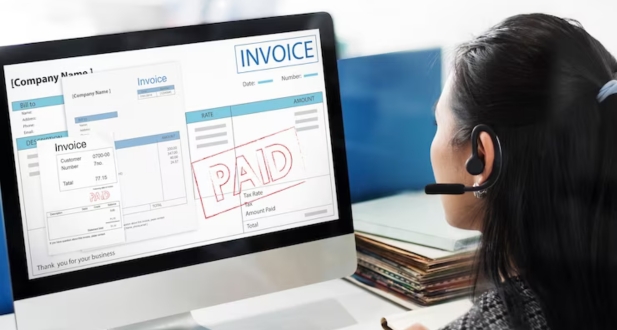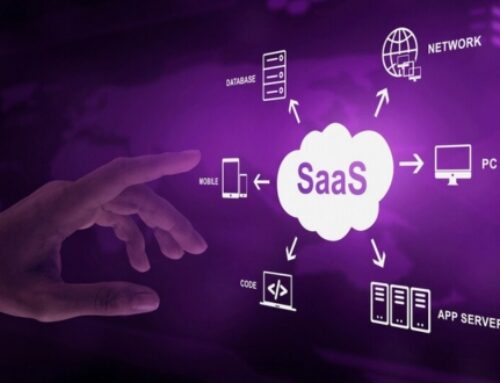This script is a web-based tool that makes it easy for businesses to handle bills and invoicing. It is made to make the invoicing process easier for businesses that offer subscription-based services like SaaS (software as a service). The system has a number of functions, including the capacity to handle customer information, make and send invoices, track payments, and generate reports. It is made using Laravel, a well-liked PHP web application framework, which makes it scalable, safe, and simple to modify. By offering an intuitive and comprehensive platform for managing invoices and billing, the script intends to assist organizations in streamlining their invoicing procedures and enhancing their financial management.
Features
Super Admin Panel
Admin Management:
The system’s administrators can control the system’s entire operations thanks to this capability. They have the ability to create permissions for various access levels, change user roles, and add or remove people.
Transactions:
The transactions feature lets businesses keep track of and handle all their financial transactions, such as payments coming in and going out, refunds, and other financial transactions.
Subscribers:
Businesses can manage their subscribers and subscription plans with this function. They can update their subscription plans, add new subscribers, and check the status of their existing subscriptions.
Testimonials:
Businesses can display consumer comments and reviews on their website thanks to the Testimonials function. To market their services, they can add, amend, and delete testimonials.
Plans for subscriptions:
With the help of this function, companies may design and control various subscription programs for their clients. For each plan, they can establish the costs, features, and payment methods.
Inquiries:
Businesses may manage client inquiries, comments, and complaints thanks to this functionality. They can address client concerns, fix problems, and monitor customer satisfaction.
FAQs:
Businesses can respond to frequently asked questions on their websites by using the FAQs feature. To make it easier for consumers to discover answers, they can add, modify, and delete commonly asked questions.
Front CMS:
Businesses can manage their pages, menus, and other components of their websites using the Front CMS function. They can control site settings, change the design and layout, and add or remove material.
Admin Panel
Dashboard:
The Dashboard function gives a summary of the system’s important performance data, such as client, product, and transaction counts, as well as income and expenses.
Clients:
Businesses can manage their customers’ contact information, billing details, and payment history with the Clients function.
Products:
Businesses can manage their product catalog, including product details, costs, and availability, using the Products feature.
Taxes:
Businesses can establish and control the tax rates and regulations for various goods, services, and geographic areas using the Taxes function.
Transactions:
Businesses may control all of their financial activities, including payments, refunds, and expenses, with the help of the Transactions function.
Manually paying an invoice:
Businesses can use this tool to create and handle manual payments for invoices, like cash or cheque payments, as well as modify the status of payments of an invoice.
Settings:
Businesses can change and personalize a number of system components, such as payment methods, email templates, and user roles, through the Settings function. Additionally, it enables companies to control account settings like preferred languages and currencies.
Invoice Template:
With the help of the Invoice Template function, companies are able to generate and personalize invoices that appear professional and include their company logo, branding, and chosen layout. In addition to that, they have the ability to include custom data and apply a variety of designs and themes to their invoices.
Multi-lingual:
Businesses can use the system in more than one language thanks to the Multilingual feature. It makes it simple for businesses to develop content and templates in a variety of languages and to move effortlessly between those languages.
Multi-currency:
The Multi-currency capability gives companies the ability to conduct business in a number of different currencies. It enables companies to set up currency rates, automatically update exchange rates, and invoice clients in the currency of their choice.
Product Classification:
With the use of the Product Category function, companies are given the ability to organize the products they sell into a variety of categories and subcategories. It makes it possible for them to increase their sales and marketing tactics as well as the efficiency with which they can handle the things they produce.
Gateways for Payments:
Businesses now have the ability to take online payments in a safe and efficient manner thanks to the Payment Gateways functionality. It enables companies to integrate with various payment gateways, such as PayPal, Stripe, or Authorize.net, and to provide their consumers with a variety of payment alternatives as a result.
Client Portal
Dashboard:
The Dashboard provides an overview of the client’s account, which includes outstanding bills, the latest transactions, and history of payments. Clients are able to monitor the activity on their accounts and maintain tabs on their payments with this feature.
Invoices:
Customers are able to view and obtain their invoices through the Invoices feature. In addition to displaying the status of the invoice, the due date, and the payment amount, it enables customers to make either partial or complete payments.
Invoice payment:
The Pay Invoice function enables customers to safely pay their invoices online. It allows customers to preserve their payment information for future use, gives a variety of payment alternatives (such as credit card or PayPal), and accepts a variety of payment methods (such as credit card and PayPal).
The Print Invoice:
This feature lets businesses and clients print a hard copy of their statements for record-keeping or for future reference. It offers a paper version of the invoice with all the specifics and data from the electronic invoice. This function is accessible to users via the invoice view page or by choosing the Print option from the invoice actions menu. Customers that like to have a hard copy of their invoice for their records or organizations who need physical copies of their invoices for compliance or accounting reasons will find this feature to be especially helpful.
Transactions:
Clients are able to access their complete transaction history, which may include both inbound and outbound payments, refunds, and other types of financial dealings, by utilizing the Transactions function. Clients are able to monitor the activity on their accounts and maintain tabs on their payments with this feature.








